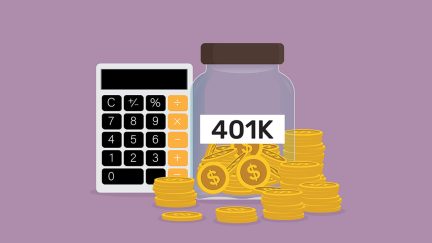For more stories like this, sign up for the PLANSPONSOR NEWSDash daily newsletter.
Some Lower-Income Households May Fare Better After 65
The Employee Benefit Research Institute (EBRI) analyzed the household income five and 10 years prior to age 65, as well as five and 10 years after age 65, for two groups of workers in 2000 and 2010. According to its report, those in the bottom half of the income distribution experienced no drop in income after they reached 65: In fact, the bottom-income quartile actually experienced an increase in average household income in excess of 150% of their pre-65 income after age 65 during the study period.
On the other hand, the average post-65 to pre-65 income ratio dropped steadily as pre-65 household income rose. The research found higher-income groups had significantly less post-65 income in relation to their pre-65 income than did the lower-income groups. Specifically, while the bottom-income quartile experienced post-65 to pre-65 income ratios in excess of 150%, the top-income quartile reported only about 60% of their pre-65 income after turning age 65.
EBRI said the primary reason for the disparity is that Social Security replaces a higher proportion of low-wage earners’ income, and when spousal benefits are taken into account, the total income after age 65 might exceed the pre-65 labor earnings of single-earning households. That is not generally the case for higher-income workers.
“This difference in the post-65 to pre-65 income ratios can be explained to a large extent by the progressivity of Social Security benefits and helps underline the significance of the program in providing a secure retirement income foundation―especially for the low-income groups,” said Sudipto Banerjee, EBRI research associate, in Washington, D.C., and author of the report. “Since higher-income households experience a significant drop in household income after age 65, they should be prepared to make necessary adjustments when they turn age 65.”
The research considered household income at pre- and post-65 income levels, rather than utilizing the income-replacement rate, which focuses on pre- and postretirement income levels, since in a large number of households at least one member continues to work after age 65, and sometimes there is a significant age disparity between spouses.
“Limiting the analysis of retirement income to truly retired households only could result in ignoring households who, ironically, might be delaying retirement due to insufficient income,” added Banerjee.
EBRI used data from the University of Michigan’s Health and Retirement Study (HRS), a national survey of older Americans sponsored by the National Institute on Aging. EBRI tracked the income of two HRS groups over a period of 10 years. One group consisted of those ages 55 to 59 in 2000, and whose marital status was unchanged in 2010 when they were 65 to 69. The second group consisted of those who were in an age range expanded by five years (55 to 64 in 2000), and whose marital status was unchanged in 2010 when they were 65 to 74.
The full report is featured in the September issue of EBRI Notes, under “How Does Household Income Change in the Ten Years Around Age 65?,” and can be found on the EBRI website.


